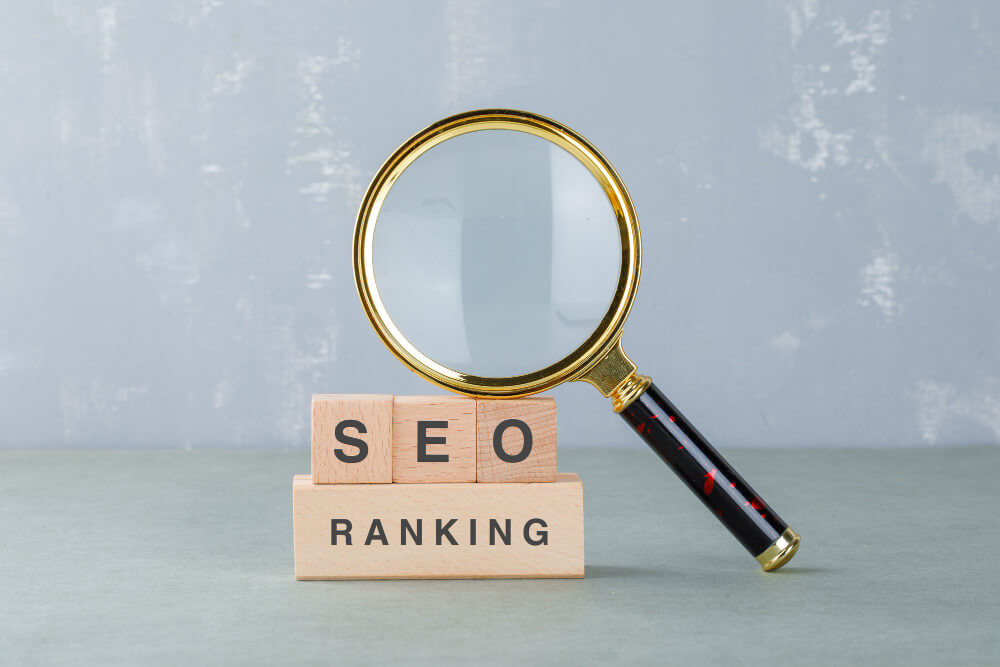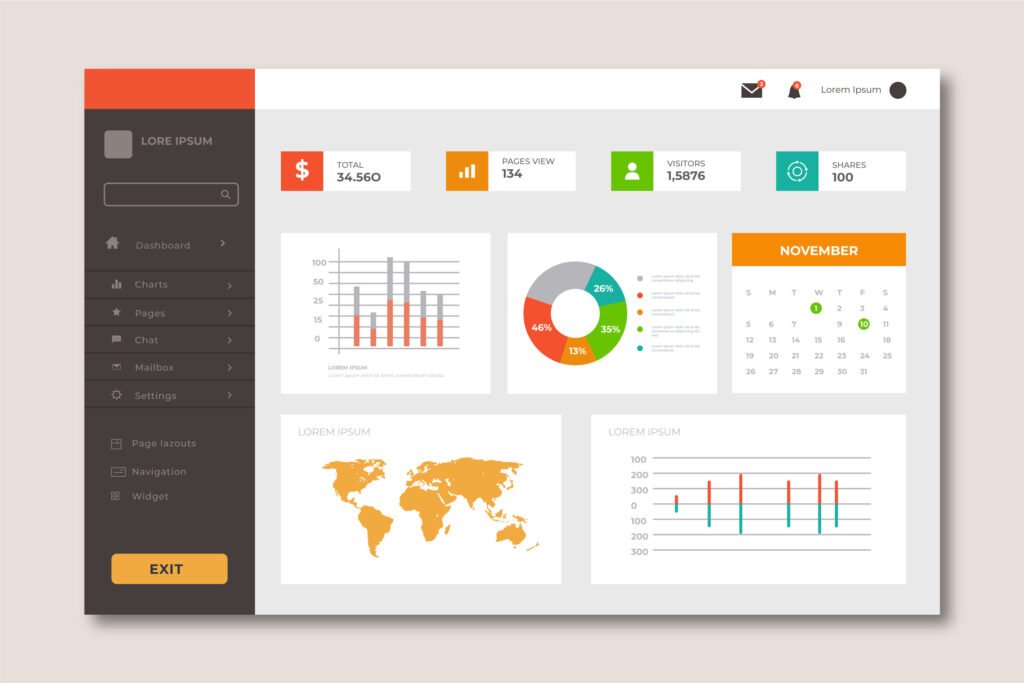Discover the process that affects the visibility of a website and learn how to improve your online presence. This comprehensive article explores the key factors that influence website visibility and provides practical tips and strategies to enhance your search engine rankings. Gain insights into SEO techniques, content optimization, backlink building, and more. Elevate your online visibility and attract a wider audience with these expert recommendations.
Table of Contents
Introduction
In the vast realm of the internet, having a website is not enough to ensure success. A crucial aspect of running a website is its visibility to the target audience. The process that affects the visibility of a website encompasses various factors that determine its ranking on search engine result pages (SERPs). Understanding and implementing effective strategies to boost your website’s visibility is essential to drive organic traffic and achieving your online goals. In this article, we will delve into the intricacies of the process that affects the visibility of a website and provide actionable insights to improve your online presence.

The Significance of Website Visibility
Before we delve into the intricacies of the process that affects the visibility of a website, let’s comprehend why it holds immense importance. A website’s visibility directly impacts its discoverability by users searching for relevant content, products, or services. Improved visibility leads to higher organic traffic, which can result in increased conversions, brand recognition, and overall business growth. Now, let’s explore the key elements that influence website visibility and delve into the process that affects it.
1. Quality Content Creation: Fueling Website Visibility
Compelling and valuable content lies at the heart of any successful website. Search engines prioritize high-quality content that meets the needs of users. By creating well-researched, informative, and engaging content, you can establish your website as a reliable resource, attract more visitors, and encourage them to spend more time exploring your site.
Effective content creation involves understanding your target audience, identifying their pain points, and offering solutions through your content. By using a conversational tone, incorporating relevant keywords naturally, and structuring your content in a reader-friendly manner, you can enhance your website’s visibility and keep visitors coming back for more.
2. SEO Techniques: Optimizing for Better Visibility
Search Engine Optimization (SEO) techniques play a pivotal role in improving website visibility. SEO involves a combination of on-page and off-page optimization strategies that enhance a website’s ranking in search results. Let’s explore a few essential SEO techniques that can positively impact your website’s visibility:
2.1 Keyword Research: Unveiling User Intent
Effective keyword research forms the foundation of successful SEO. By understanding the keywords and phrases that your target audience uses while searching for content, products, or services related to your website, you can optimize your content accordingly. Incorporate relevant keywords into your titles, headings, meta descriptions, and content body to increase the chances of your website appearing in relevant search results.
2.2 On-Page Optimization: Enhancing Relevance and Usability
On-page optimization involves fine-tuning various elements within your website to make it more search-engine-friendly. This includes optimizing meta tags, improving page load speed, using descriptive URLs, incorporating header tags, and organizing your content with proper formatting. By optimizing these on-page elements, search engines can better understand your website’s content and relevancy, leading to improved visibility.
2.3 Backlink Building: Establishing Authority
Backlinks are incoming links from external websites to your own. Search engines consider backlinks as votes of confidence and authority. Building a strong backlink profile is vital for improving your website’s visibility. Focus on acquiring high-quality backlinks from reputable websites in your industry. This can be achieved through guest posting, creating valuable content that others want to link to, participating in industry forums, or collaborating with influencers.
2.4 Mobile Optimization: Catering to Mobile Users
In today’s mobile-driven world, optimizing your website for mobile devices is paramount. With an increasing number of users accessing the internet through smartphones and tablets, search engines prioritize mobile-friendly websites. Ensure your website is responsive, loads quickly on mobile devices, and provides a seamless user experience across different screen sizes. Mobile optimization is not only crucial for visibility but also enhances user engagement and satisfaction.

3. User Experience: Nurturing Website Visibility
User experience (UX) is a fundamental aspect of the process that affects the visibility of a website. A positive user experience not only encourages visitors to stay on your website longer but also signals search engines that your website provides value. Let’s explore some key factors that contribute to an excellent user experience:
3.1 Website Speed: Optimizing Load Time
Website speed is a critical factor that impacts both user experience and search engine rankings. A slow-loading website can lead to high bounce rates and frustrated visitors. Optimize your website’s load time by compressing images, minifying CSS and JavaScript files, leveraging browser caching, and choosing a reliable hosting provider.
3.2 Navigation: Easy and Intuitive
Clear and intuitive website navigation is essential to guide visitors through your site effortlessly. Ensure that your website’s menu structure is logical, making it easy for users to find the information they seek. Incorporate internal links within your content to help users navigate between relevant pages, improving engagement and visibility.
3.3 Mobile-Friendly Design: Seamless Experience Across Devices
As mentioned earlier, mobile optimization is crucial for user experience and website visibility. Adopt a responsive design approach that adapts seamlessly to different devices, ensuring that your website’s layout, text, and images are easily accessible and readable on mobile screens. This eliminates the need for users to pinch, zoom, or scroll excessively, enhancing their overall experience.
3.4 Engaging Visual Elements: Captivating and Relevant
Engaging visual elements such as images, videos, infographics, and interactive features enhance user engagement and make your website more appealing. Use high-quality visuals that align with your content and convey information effectively. Ensure that the visual elements are properly optimized to avoid slowing down your website’s load time.
4. Technical Optimization: Fine-Tuning Behind the Scenes
Apart from content, SEO, and user experience, there are technical aspects that significantly influence website visibility. Let’s delve into a few technical optimization techniques that can boost your website’s visibility:
4.1 XML Sitemap: Guiding Search Engines
An XML sitemap is a file that lists all the pages on your website and helps search engines understand its structure and content better. By submitting your XML sitemap to search engines, you can ensure that all your pages are indexed and crawled effectively, enhancing visibility.
4.2 Structured Data Markup: Enhanced Search Results
Structured data markup, also known as schema markup, provides additional context to search engines about your website’s content. By implementing structured data markup, you can enhance your search engine listings with rich snippets, which display additional information like ratings, reviews, and event details. These enhanced search results attract more attention and increase the likelihood of clicks, thereby improving visibility.
4.3 URL Structure: Clean and Descriptive
Optimizing your website’s URL structure contributes to better visibility and user experience. Use descriptive and keyword-rich URLs that convey the content of the page. Avoid lengthy URLs with unnecessary characters and parameters. A clean and concise URL structure is not only user-friendly but also helps search engines understand your content better.
4.4 Website Security: Building Trust
Website security
is crucial for user trust and search engine rankings. Implementing SSL certificates and using HTTPS encryption ensures that data transmitted between your website and users is secure. Search engines prioritize secure websites and may penalize those lacking proper security measures.

FAQs About the Process That Affects the Visibility of a Website
Q1: How long does it take to see improvements in website visibility?
A1: The time required to see improvements in website visibility varies depending on various factors, including the competitiveness of your industry, the effectiveness of your optimization strategies, and the quality of your content. Generally, it takes several weeks to months to observe significant changes in visibility.
Q2: Can I improve website visibility without SEO?
A2: While it’s possible to attract visitors through avenues like social media or paid advertising, SEO remains a crucial aspect of boosting website visibility. Implementing SEO techniques increases your organic visibility and long-term sustainability, making it an essential strategy for most websites.
Q3: Is website visibility the same as website traffic?
A3: Website visibility and website traffic are related but not identical. Website visibility refers to how easily your website is found in search engine results, while website traffic represents the number of visitors actually coming to your site. Improving visibility can lead to increased traffic, but it’s not guaranteed.
Q4: Are paid advertisements necessary for website visibility?
A4: Paid advertisements can provide a quick boost in visibility, especially for new websites or specific campaigns. However, relying solely on paid ads is not a long-term solution. A balanced approach that combines paid ads with organic SEO strategies can yield better results in the long run.
Q5: Can social media impact website visibility?
A5: Social media can indirectly impact website visibility by driving traffic to your website and improving brand awareness. While search engines don’t directly consider social media metrics for rankings, a strong social media presence can enhance your overall online visibility.
Q6: How often should I update my website’s content to improve visibility?
A6: Regularly updating your website’s content is beneficial for both users and search engines. Aim to provide fresh and relevant content consistently. The frequency of updates may vary based on your industry and content type, but a proactive approach to content updates can positively impact your website’s visibility.
Conclusion
Achieving optimal visibility for your website requires a strategic and holistic approach. By understanding the process that affects the visibility of a website and implementing effective strategies such as quality content creation, SEO techniques, user experience enhancements, and technical optimization, you can boost your online presence and attract a wider audience. Remember that website visibility is an ongoing endeavor, and staying up to date with evolving SEO practices and user expectations is crucial for long-term success. Start implementing these recommendations today and watch your website’s visibility soar.



